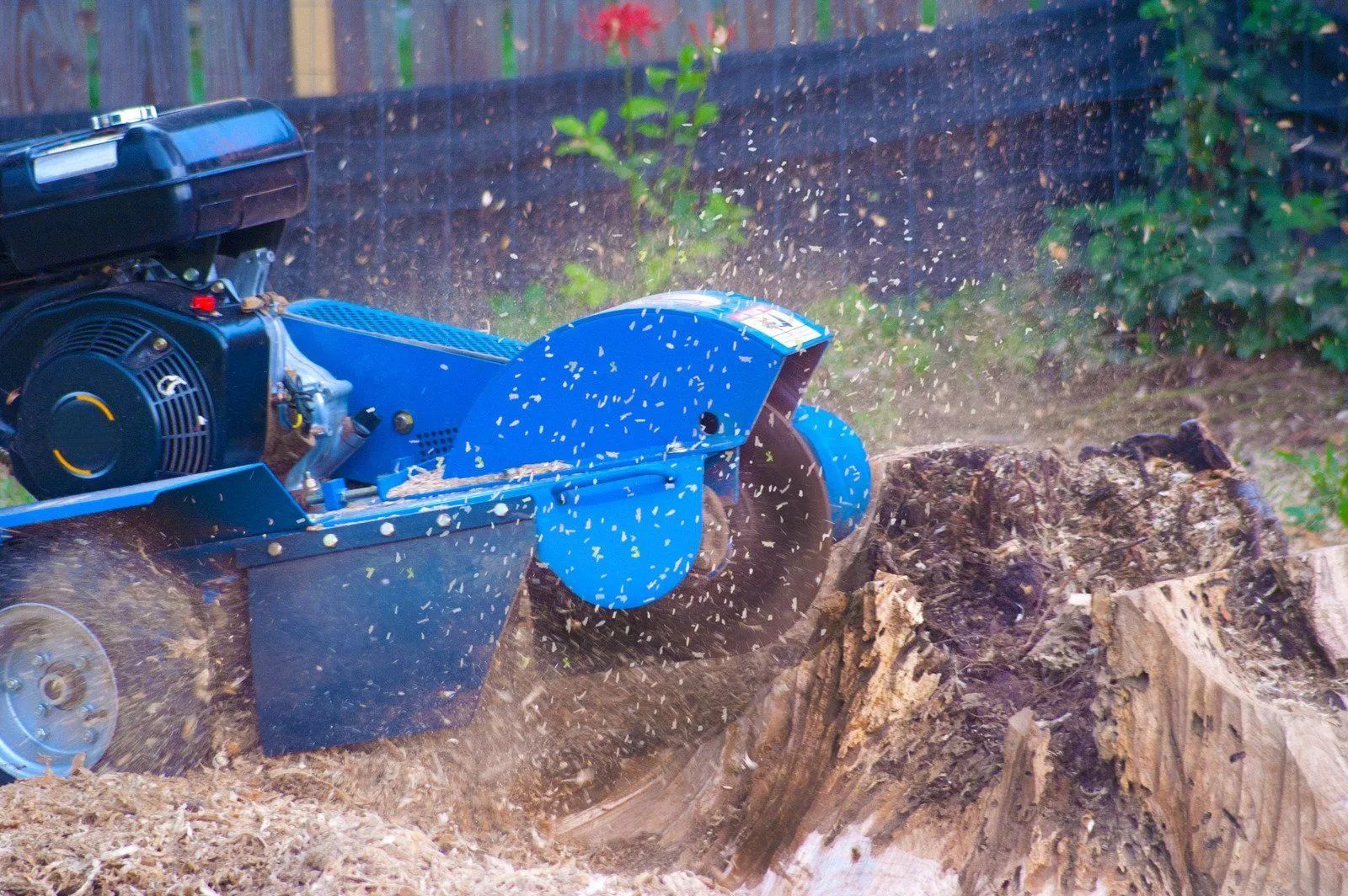Steps to Ensure Safe Excavation Practices
Excavation is a critical part of many construction and landscaping projects, yet it’s one of the most hazardous activities if not performed with care. Whether digging trenches, foundations, or utility lines, the potential for cave-ins, equipment accidents, or damage to underground utilities is high. Safe excavation practices not only protect workers and bystanders but also prevent costly delays and fines. Implementing a structured safety protocol ensures the integrity of the job site and the success of the project.
Every step taken before and during excavation can significantly reduce the risk of injury or property damage. From identifying underground hazards to using the proper protective systems, preparation is key. With strict regulations and growing job site demands, safety can never be an afterthought. Employers, contractors, and property owners alike must stay informed about best practices. The following guide outlines the essential steps to ensure excavation projects are completed safely and efficiently.
1. Conduct a Site Survey and Risk Assessment
Before any digging begins, assess the area for potential hazards such as overhead power lines, unstable soil, and underground utilities. This survey helps identify risk zones and creates a roadmap for safe operation. Evaluating the environmental and physical aspects of the site is the foundation of safety.
2. Call Before You Dig – Locate Underground Utilities
Always contact local utility companies to mark the location of buried gas lines, electrical cables, water pipes, and communication lines. This step is often legally required and prevents accidental utility strikes that can cause injury or service outages.
3. Use Protective Systems for Trenches
When digging trenches deeper than five feet, use protective systems like sloping, shoring, or trench boxes to prevent cave-ins. Workers should never enter unprotected trenches, as collapses can occur without warning and be fatal.
4. Ensure Proper Equipment Usage
Only trained personnel should operate excavation machinery. Equipment should be inspected before use, and only the right machines should be employed for the specific type of excavation. Safe operating zones should be clearly marked and maintained throughout the project.
5. Establish Safe Entry and Exit Points
Provide ladders, ramps, or stairs at appropriate intervals to allow safe access in and out of excavated areas. This is especially important in deep excavations, where a quick escape route is vital in case of an emergency.
6. Monitor for Hazardous Conditions
Soil conditions can change rapidly due to weather or vibration. Keep a watchful eye on signs of shifting soil or water accumulation. Hazardous atmospheres in deep excavations should also be tested for toxic gases or low oxygen levels.
7. Train and Communicate with All Team Members
Everyone on-site should be informed about the hazards and safety measures related to excavation. Hold regular safety meetings and update workers on any changes to the plan. Effective communication is key to preventing accidents.
Trust the Experts in Excavation Safety
Excavation safety is a non-negotiable aspect of any successful project, and at Peak Service Company, we take it seriously. With over 20
years of experience providing full-service exterior property solutions in Tuscaloosa, Alabama, our team is trained, certified, and fully equipped to handle all types of
excavation work with precision and care. From risk assessment to post-excavation inspections, we prioritize safety at every step. Trust Peak Service Company
for excavation services that are safe, reliable, and built on decades of proven expertise.

